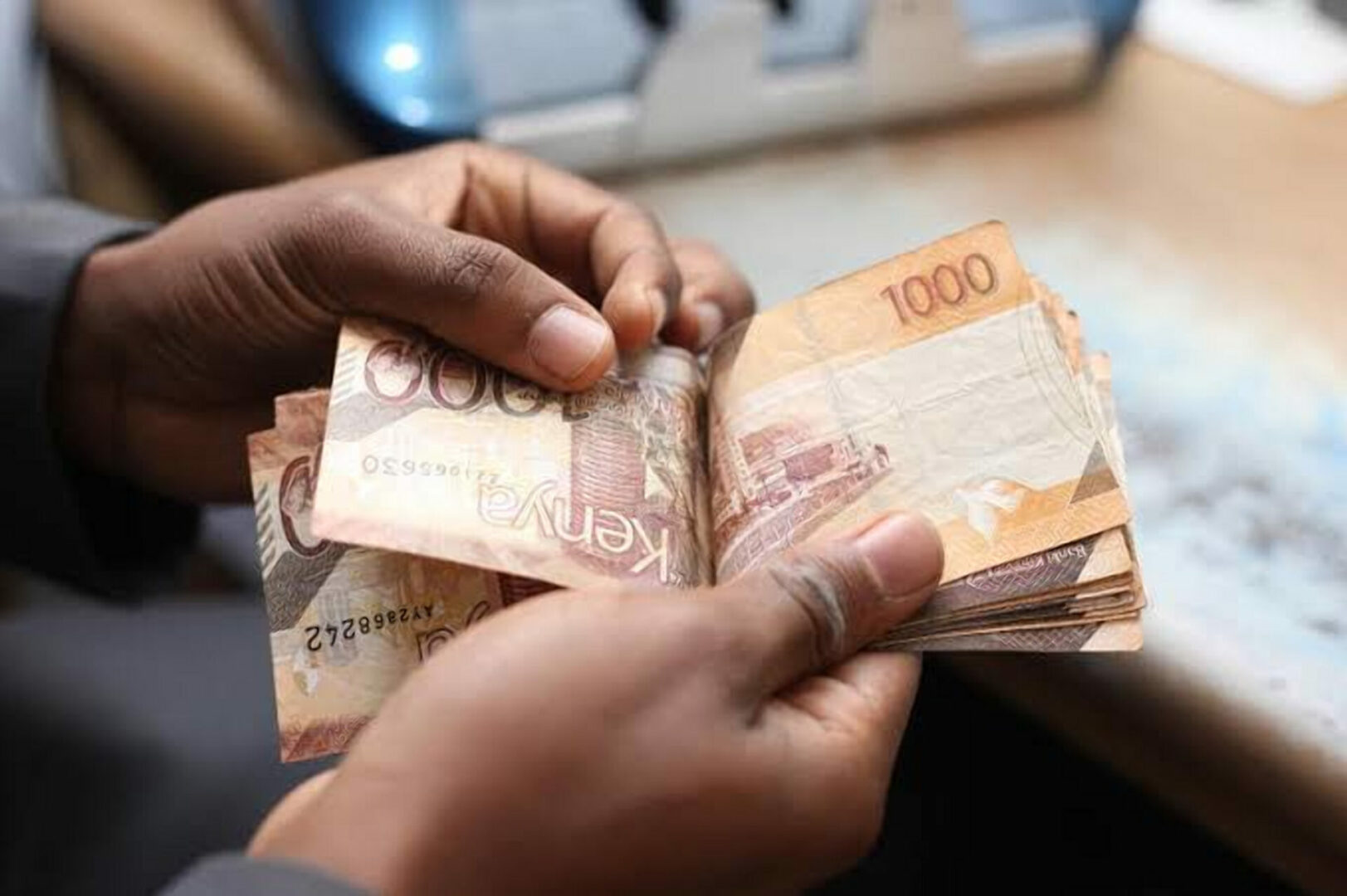Kenya’s Trade Gap Widens as External Balances Face Stress
Kenya’s current account deficit widens to KSh 83.7 bn (≈ USD 640 m) as exports slump 16% and financing leans on short-term inflows. With debt at 68% of GDP and Eurobond yields near 10%, markets question whether East Africa’s powerhouse can sustain its balance.

Kenya’s external position weakened in the first half of 2025 as the trade deficit widened sharply, underscoring the fragility of its recovery amid global commodity volatility and tight financial conditions. According to the Central Bank of Kenya (CBK), the current account deficit rose to KSh 83.7 billion (≈ USD 640 million) in Q2 2025—a 76.6 percent increase from the same quarter last year. This shift marks a reversal from the modest consolidation achieved in 2024 and comes despite relative exchange-rate stability and steady remittance inflows.
In percentage terms, the deficit now stands at roughly 4.1 percent of quarterly GDP, widening from 2.5 percent a year earlier. The deterioration reflects both a slump in export receipts and a smaller-than-expected drop in imports. Merchandise exports fell 16.5 percent year-on-year, driven by declines in tea, titanium ore, and horticulture, while imports contracted 4.5 percent, constrained by weaker industrial activity and currency-driven cost adjustments.
The overall trade gap reached KSh 444 billion (≈ USD 3.4 billion) in the quarter, deepening Kenya’s structural dependence on external financing. Although financial-account inflows remained positive—supported by portfolio re-entries and concessional disbursements—the underlying composition signals risk. Net portfolio inflows were skewed toward short-term securities rather than long-duration instruments, while FDI commitments slowed amid cautious investor sentiment.
Currency stability has provided temporary insulation. The Kenyan shilling (USD/KES: KES=) appreciated by roughly 2 percent YTD, trading near KES 151 per USD, supported by CBK interventions and improved dollar liquidity following the USD 1.5 billion Eurobond (ISIN XS2766789237) issuance in February. Yet, that stability comes at a cost. By defending the currency, CBK has effectively tightened domestic liquidity, adding pressure on credit growth, which decelerated to 9 percent from double-digit levels in 2024.
The widening external gap coincides with a slowing industrial rebound. Kenya’s Purchasing Managers’ Index (PMI) averaged 49.6 in Q2 2025, slipping below the expansion threshold, as firms cited higher input costs and weaker external demand. Exports to key partners—Uganda, the Netherlands, and Pakistan—fell sharply, while energy-related imports rose as global oil prices (Brent ICE: LCOc1) hovered around USD 88 per barrel.
From a policy standpoint, the numbers reveal a dual dilemma. First, Kenya’s export basket remains vulnerable to commodity-price fluctuations and weather shocks; second, the country’s financing model relies heavily on short-term capital inflows rather than sustained current-account correction. The fiscal side offers little relief—public debt has edged above 68 percent of GDP, and external interest payments consume nearly 28 percent of total revenues. With U.S. 10-Year Treasuries (US10Y: ^TNX) yielding around 4.3 percent and Dollar Index (DXY: DX-Y.NYB) near multi-year highs, Kenya’s cost of external funding remains among the highest in the region.
Markets have already begun pricing in these risks. The benchmark Eurobond 2032 now trades near a 10.2 percent yield, compared with Tanzania’s equivalent at 9.1 percent and Ghana’s 2030 at 12.4 percent. The Nairobi Securities Exchange All Share Index (NSE: NASI) has fallen 6 percent YTD, while local bond yields remain elevated, with the 10-year paper yielding around 15.3 percent. Despite the CBK maintaining its policy rate at 13 percent, elevated fiscal deficits continue to crowd out private investment, limiting the economy’s ability to generate exportable surpluses.
Comparatively, East Africa’s divergence is striking. Tanzania has narrowed its current-account deficit to 2.4 percent of GDP amid stable reserves and rising tax collections, while Uganda maintains a deficit near 5 percent but enjoys resilient FDI inflows into oil infrastructure. Kenya’s external metrics therefore appear increasingly out of sync with its regional peers—a concern for frontier investors who prize consistency over volatility.
In my assessment, the key issue is not the size of the deficit per se but its composition and financing quality. Kenya continues to rely on consumption-driven imports—vehicles, electronics, refined fuel—while exports remain concentrated in low-value commodities. Without a structural pivot toward manufacturing and services exports, the country risks repeating the familiar boom-and-bust pattern of current-account stress followed by currency depreciation and rate hikes.
The medium-term outlook hinges on three factors. First, whether global energy and food prices remain contained; second, whether fiscal consolidation under the National Treasury’s medium-term plan holds; and third, whether Kenya can broaden export competitiveness under the African Continental Free Trade Area (AfCFTA). If any of these weaken, the shilling could lose 5–8 percent by early 2026, forcing renewed CBK intervention.
From an investor perspective, the story is not uniformly negative. External-reserve buffers have risen by 40 percent YTD to around USD 9 billion, equivalent to 4.3 months of import cover, giving CBK tactical flexibility. Portfolio investors still find carry value in shilling assets, given real yields near +3 percent versus inflation around 6.2 percent. But the broader macro narrative demands rebalancing—Kenya must shift from stabilizing its currency to stabilizing its trade balance.
For global markets, Kenya’s widening current-account deficit is more than a line item—it’s a reminder that macro fragility and election-cycle borrowing continue to weigh on frontier sovereign risk. The divergence between fiscal ambition and export performance remains Kenya’s Achilles’ heel. Unless policy credibility catches up with financial engineering, yields will stay elevated, and the next global tightening cycle will once again test the resilience of East Africa’s most dynamic but imbalanced economy.





